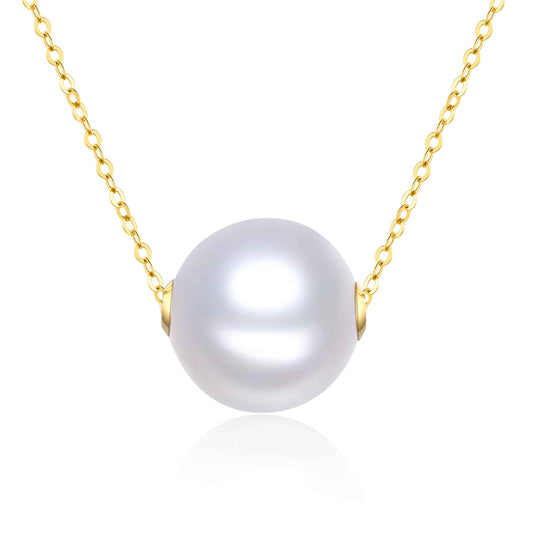
Jacqueline Kennedy Onassis: The Pearl of Camelot
Share
A First Lady of Style, Elegance, and Poise
An American socialite, writer, and photographer, she became the beloved First Lady of ‘The Kennedy Years’, restored the White House to its former glory, and was a patron of American history and the arts. Her pearl lives on with an enduring inspiration of overcoming tragedy with dignity. This is another installment of the Living like a Pearl series. Find more stories here.
________
Our memory of her is synonymous with a tragic day that changed the world, standing stoically in her blood-stained pink Chanel suit after her husband’s assassination. But her legacy reaches beyond tragedy, and of being one of the most popular first ladies in American history.
Jacqueline “Jackie” Bouvier was born into high society on July 28, 1929 in Southampton, New York with an active childhood of equestrienne competitions and ballet. An artistic and bright student, her privileged education included learning four languages, most notably French.
The confidence of her early childhood was deeply impacted by her parent’s separation when she was seven, and their subsequent divorce. Her mother’s remarriage however gifted Jackie with an extended family and step-siblings she bonded with, which provided a stable environment to flourish while growing up.
Graduating among the top students of her senior class at boarding school, the yearbook summarized Jackie for "her wit, her accomplishment as a horsewoman, and her unwillingness to become a housewife". As fate would have it, her public role as a wife would soon capture the nation’s attention.
An accomplished college student involved in art, drama, and writing for its newspaper, she spent a year studying abroad in France, and graduated with a Bachelor of Arts degree in French Literature in 1951. While working for the Washington Times-Herald, her life would forever change, when at a dinner party in May 1952, she met John F. Kennedy, who was running for the U.S. Senate seat in Massachusetts.
Their high-society marriage on September 12, 1953 was a regal social event. However, the early days of her marriage were difficult, and Jackie suffered greatly from first a miscarriage, then a stillborn daughter, before the birth of her daughter Caroline on November 27, 1957.
Her husband announced his candidacy for the Presidency in January, 1960, and Jacqueline’s role brought valuable influence and guidance during his campaign, drawing larger crowds whenever she accompanied him. Pregnant again, she continued her popular influence from home by writing a weekly newspaper column ‘Campaign Wife’, and giving media interviews.
Shortly after his Presidential win on November 8, 1960 and as the new First Lady, their son John F. Kennedy Jr. was born, and what is heralded as “The Kennedy Years” began. It was Jacqueline who later made the comparison to “Camelot”, saying in the famous interview with Life Magazine; "There will be great presidents again, but there will never be another Camelot."
Her now celebrated role as First Lady set a new standard for the time. She became a fashion trendsetter, brought new focus to arts and culture, and the preservation of American history. She oversaw the restoration of the Whitehouse with its original historical pieces and furniture, and hosted a highly publicized ‘Tour of the Whitehouse’ with CBS News in February 1962, which resulted in her being the only First Lady to win an Emmy. Raising their young children in the Whitehouse endured her as a beloved mother in the public eye, and she was named Woman of the Year 1962 for her efforts in uplifting the American history and art.
1963 would bring personal and public tragedy that is etched in history. The death of their infant son in August 1963 was a terrible loss for Jacqueline, however their shared grief brought her and President Kennedy closer together, and what would be the last few months of their marriage was strengthened before the historic events of November 22 that changed the world.
The media continued to follow Jacqueline in the decades following her husband’s death, and after a controversial marriage to Aristotle Onassis until his passing in 1975, she brought experience to editorial work with Viking Press and Doubleday, and supported the Democratic Party. Her passion for cultural, historical and architectural preservation continued, which included leading the effort to save the historic Grand Central Terminal from demolition. She is honored with a plaque inside the terminal for her role in its preservation.
Jacqueline’s death from non-Hodgkin lymphoma May 19, 1994 ended the chapter of an era memorialized as modern-day Camelot, forever capturing that time in the world’s hearts and imagination. Her life leaves behind the legacy of her dignified pearl, the pearl of Camelot.



